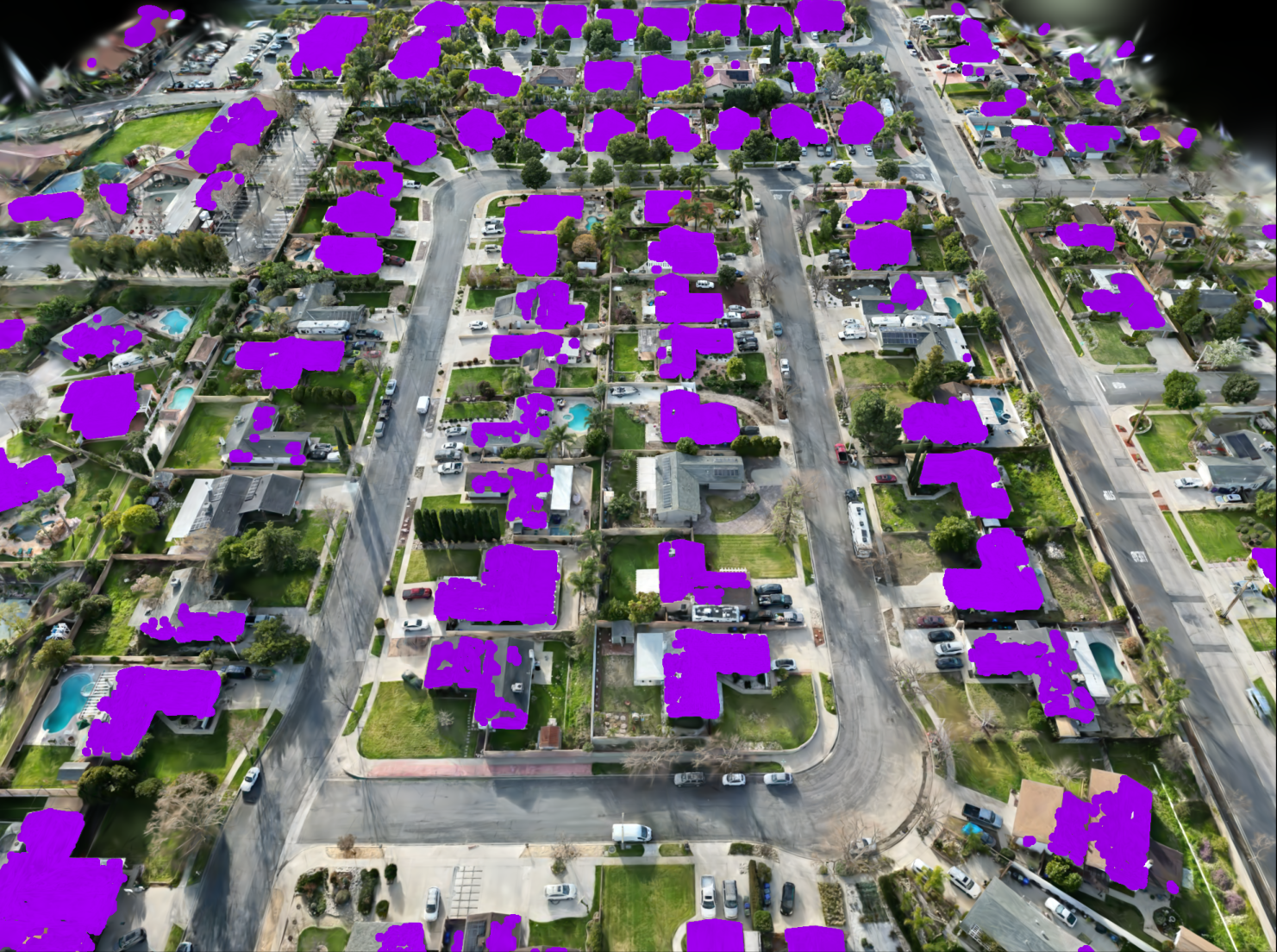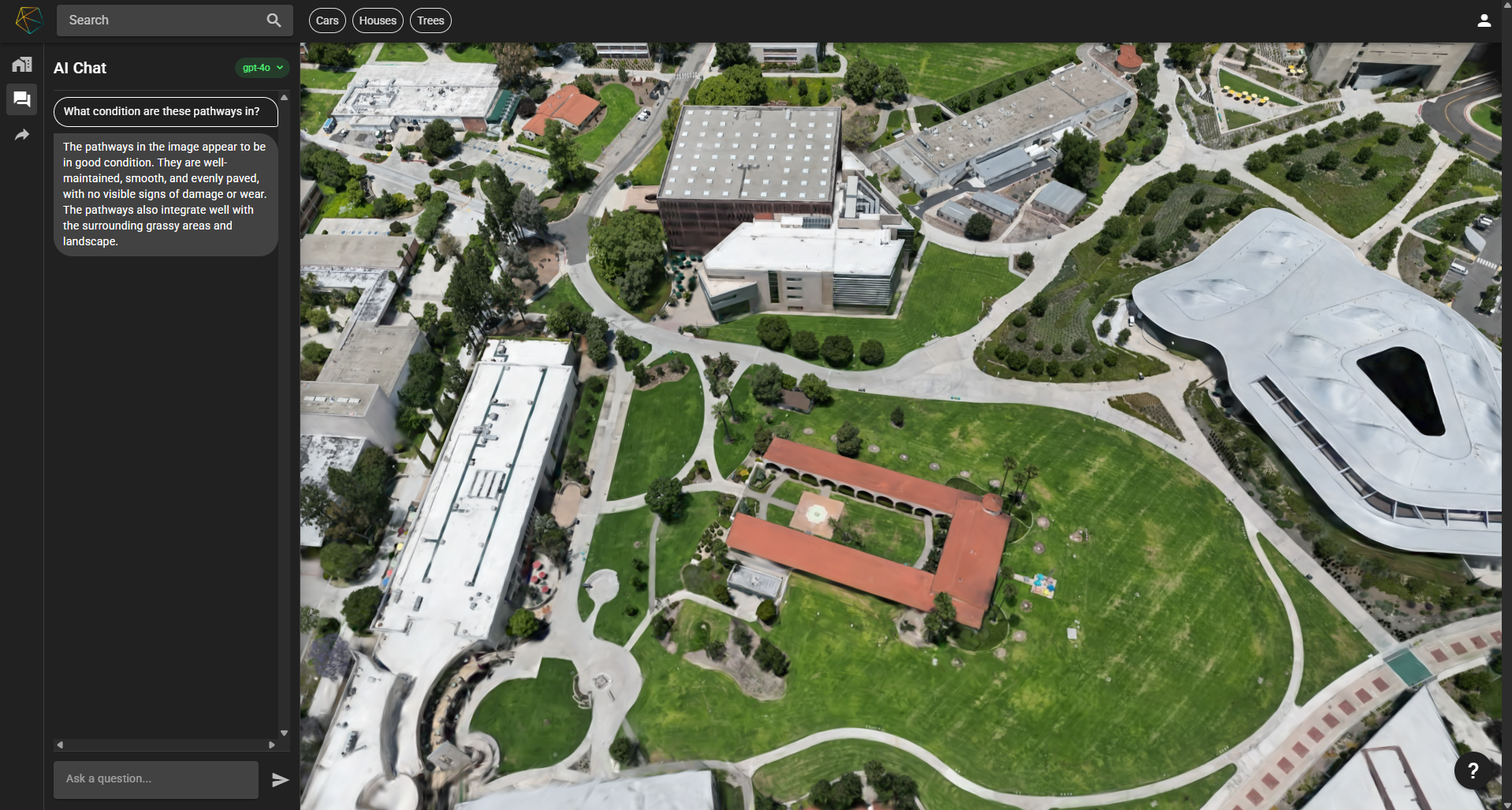4 min read

NASA sponsored Entrepreneurs Challenge events in 2020, 2021, and 2023 to invite small business start-ups to showcase innovative ideas and technologies with the potential to advance the agency's science goals. To potentially leverage external funding sources for the development of innovative technologies of interest to NASA, SMD involved the venture capital community in Entrepreneurs Challenge events. Challenge winners were awarded prize money, and in 2023 the total Entrepreneurs Challenge prize value was $1M. Numerous challenge winners have subsequently refined their products and/or received funding from NASA and external sources (e.g., other government agencies or the venture capital community) to further develop their technologies.
One 2023 Entrepreneurs Challenge winner, PRISM Intelligence (formerly known as Pegasus Intelligence and Space), is using artificial intelligence (AI) and other advances in computer vision to create a new platform that could provide geospatial insights to a broad community.
Every day, vast amounts of remote sensing data are collected through satellites, drones, and aerial imagery, but for most businesses and individuals, accessing and extracting meaningful insights from this data is nearly impossible.
The company's product-Personal Real-time Insight from Spatial Maps, a.k.a. PRISM-is transforming geospatial data into an easy-to-navigate, queryable world. By leveraging 3D computer vision, geospatial analytics, and AI-driven insights, PRISM creates photorealistic, up-to-date digital environments that anyone can interact with. Users can simply log in and ask natural-language questions to instantly retrieve insights-no advanced Geographic Information System (GIS) expertise is required.
For example, a pool cleaner looking for business could use PRISM to search for all residential pools in a five-mile radius. A gardener could identify overgrown trees in a community. City officials could search for potholes in their jurisdiction to prioritize repairs, enhance public safety, and mitigate liability risks. This broad level of accessibility brings geospatial intelligence out of the hands of a few and into everyday decision making.
The core of PRISM's platform uses radiance fields to convert raw 2D imagery into high-fidelity, dynamic 3D visualizations. These models are then enhanced with AI-powered segmentation, which autonomously identifies and labels objects in the environment-such as roads, vehicles, buildings, and natural features-allowing for seamless search and analysis. The integration of machine learning enables PRISM to refine its reconstructions continuously, improving precision with each dataset. This advanced processing ensures that the platform remains scalable, efficient, and adaptable to various data sources, making it possible to produce large-scale, real-time digital twins of the physical world.







